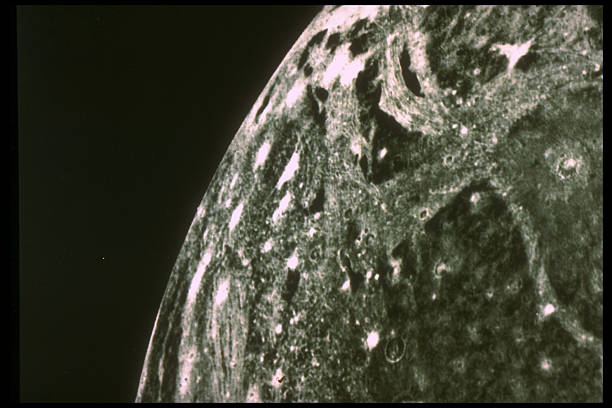The largest moon in our solar system is hiding an ocean under its surface, according to observations made with the Hubble Space Telescope. Aurorae spotted by the telescope, confirmed the long-standing theory, and the findings were announced during a NASA teleconference this morning. The news comes just a day after we found out that Enceladus, an icy moon of Saturn, likely has hydrothermal activity in its own subsurface ocean.
Scientists have speculated since the 1970s that Ganymede could have such an ocean. Until now, though, the only evidence was collected during brief flybys with the Galileo spacecraft in the early 2000s. That left too much ambiguity in the data for NASA scientists to comfortably confirm the ocean’s existence.
With Hubble, the scientists were able to collect over seven hours of data; most of that time was spent studying the aurorae seen in the moon’s thin atmosphere. An aurora is the colorful result of charged particles interacting with an atmosphere — so just the existence of one doesn’t mean there’s an ocean. But oceans do change the behavior of aurorae. If there was no ocean on Ganymede, the aurorae would rock back and forth across about six degrees of the moon’s circumference as it orbited Jupiter. The presence of a salty, electrically conductive ocean locks the aurorae in a much more stable position: According to the observations, they only move about two degrees. While the Hubble telescope made its observations in the UV spectrum, casting the aurorae in blue, they would actually appear red if you were to stand on the surface of Ganymede.
/cdn.vox-cdn.com/uploads/chorus_asset/file/3497228/hs-2015-09-e-web_print.0.jpg)
Ganymede was already interesting before today’s news. Not only is it the largest moon in the solar system — it’s almost as big as Mars — but it is the only moon in the solar system with its own magnetic field. That field is generated by a molten iron core, much like what we see here on Earth. Its thin atmosphere is also rich in oxygen.
This news doesn’t mean that Ganymede should move to the top of the list of places to explore, however. The ocean is likely around 100 miles below the surface, which would make it complicated to study with a robot. Even if a space agency found a way to reach that far down, it’s thought that layers of ice separate the ocean from the surface. That means Ganymede is less than ideal for life, because it probably lacks a hydrothermal system like the one thought to exist on Enceladus.
Still, the European Space Agency is planning a mission back to the Jupiter system in the 2020s called JUICE. It will take closer looks at the moons of Jupiter like Europa, Ganymede, and Callisto, all three of which are confirmed or thought to have water oceans. “As far as we can tell, almost everywhere we look there’s water,” Heidi Hammel said during the conference, who is the executive vice president of the Association of Universities for Research in Astronomy. “Water, water, everywhere in our solar system.”



















































